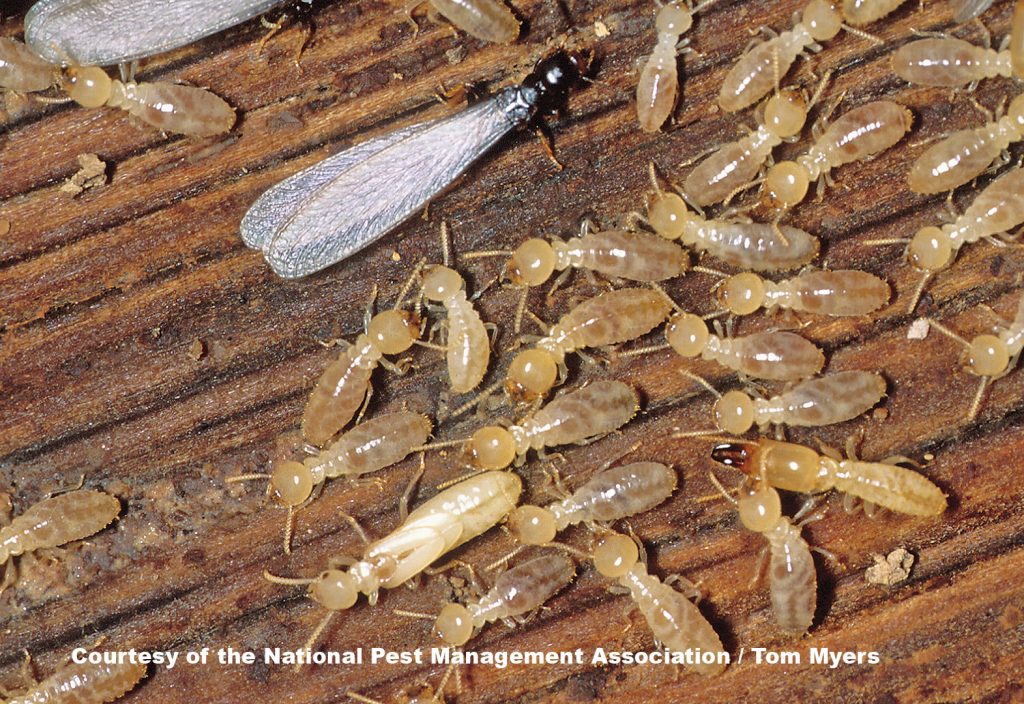Maine is home to a wide variety of insect species, including termites. This article will explore the unique characteristics of Maine termites, discussing their biology, behavior, and how they interact with the environment.
Types of Termites
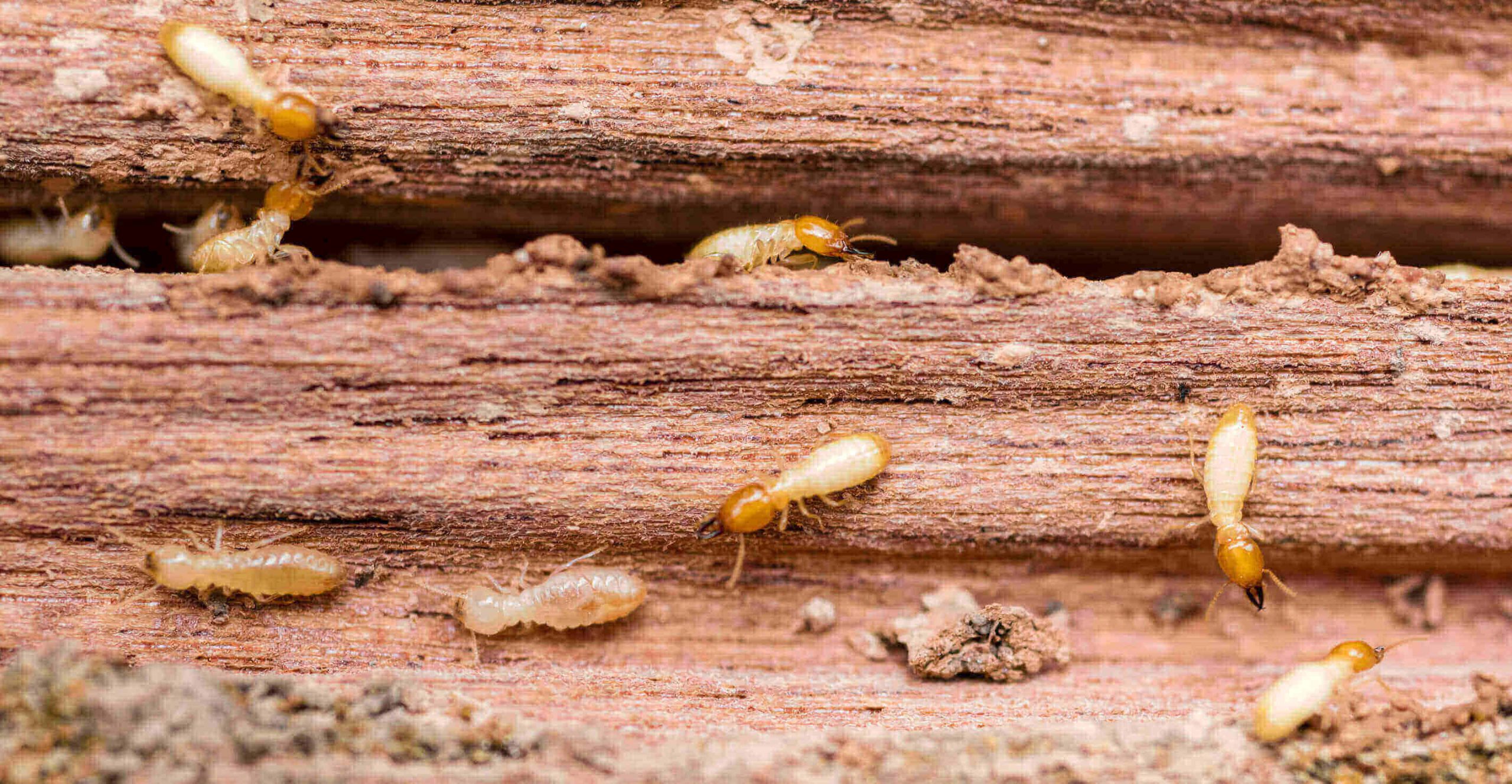
Subterranean Termites
Subterranean termites build their colonies underground in the soil and build mud tubes to reach above-ground sources of food. They are highly destructive to wood, but they can also damage insulation, drywall, and other materials.
Drywood Termites
Drywood termites form their colonies in wood that is already dry. They eat wood, paper, cardboard, fabrics, and other materials. They can cause significant damage to buildings and furniture.
Occurrence of Termites
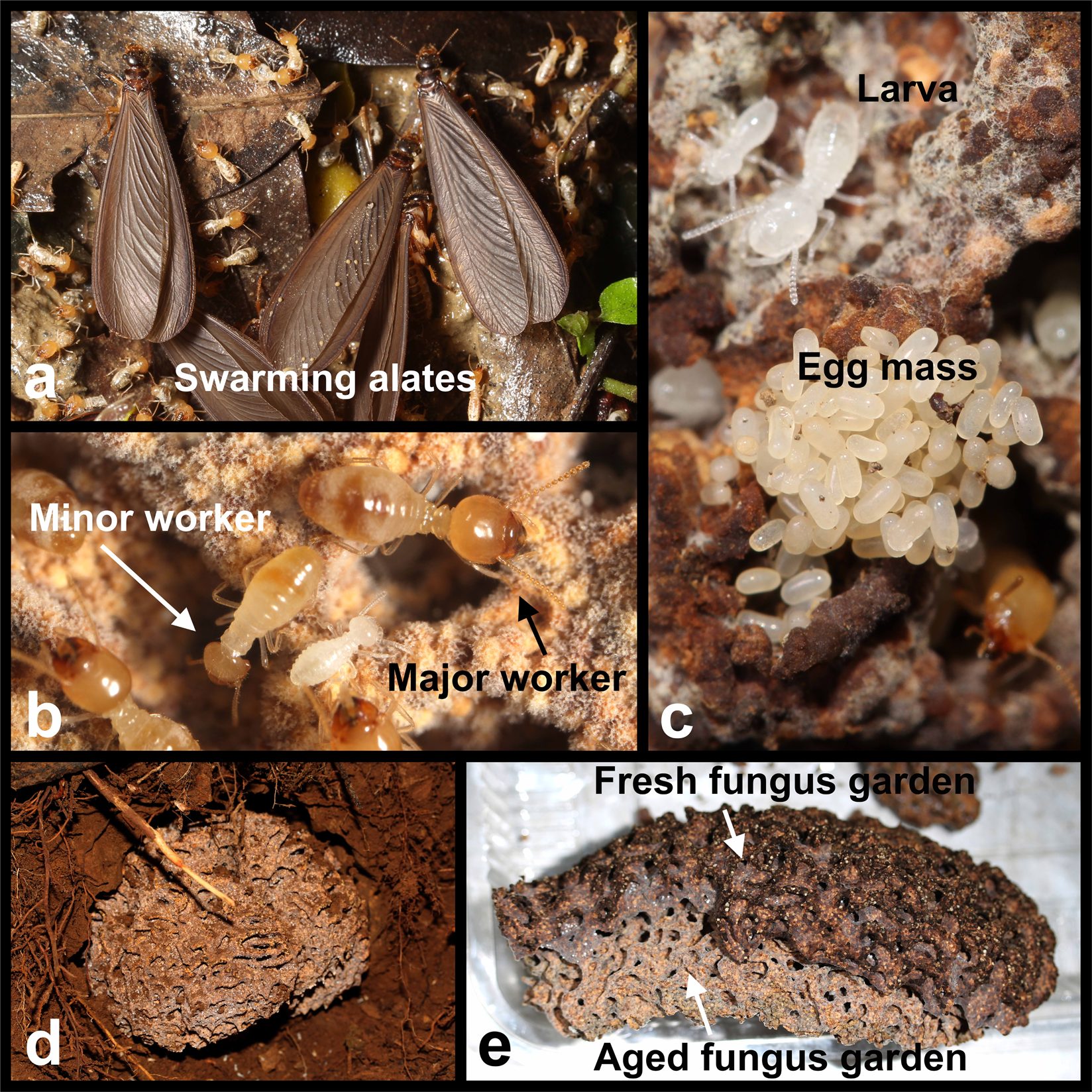
Termites are found throughout the state of Maine, although they are more prevalent in the southern and eastern parts of the state. They are particularly active during the spring and summer months when the soil is moist and temperatures are warm. Termites are most commonly found in areas with high moisture levels and decaying wood, such as old stumps, logs, and trees.
Damage Caused by Termites
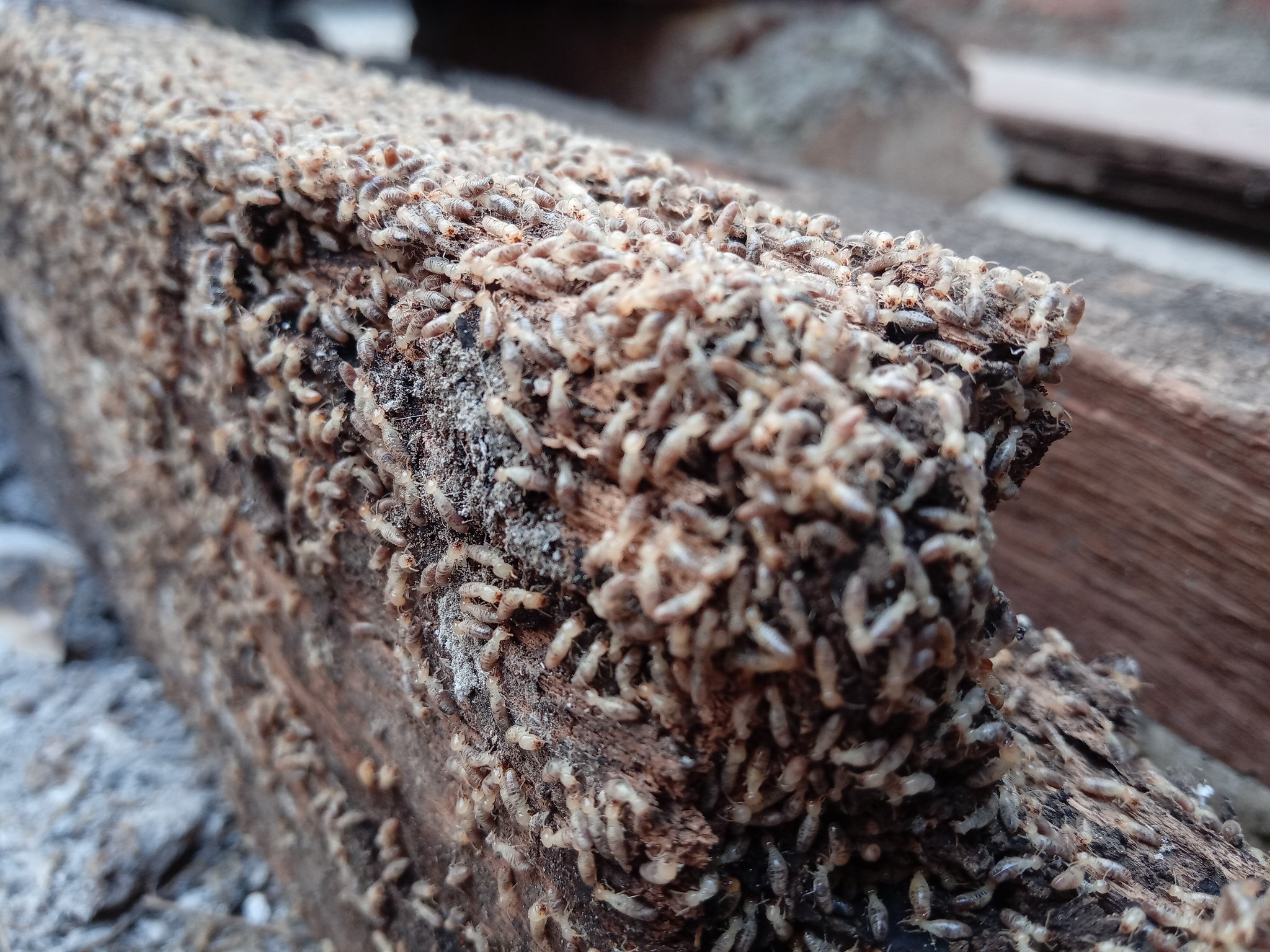
Termites can cause extensive damage to homes and other structures in Maine. They feed on wood, and can easily damage wooden structures such as flooring, walls, and furniture. Termites can also weaken the structural integrity of buildings, leading to costly repair bills. In addition, termites can cause health problems for humans and pets, due to the presence of their droppings and saliva.
Identification of Termites
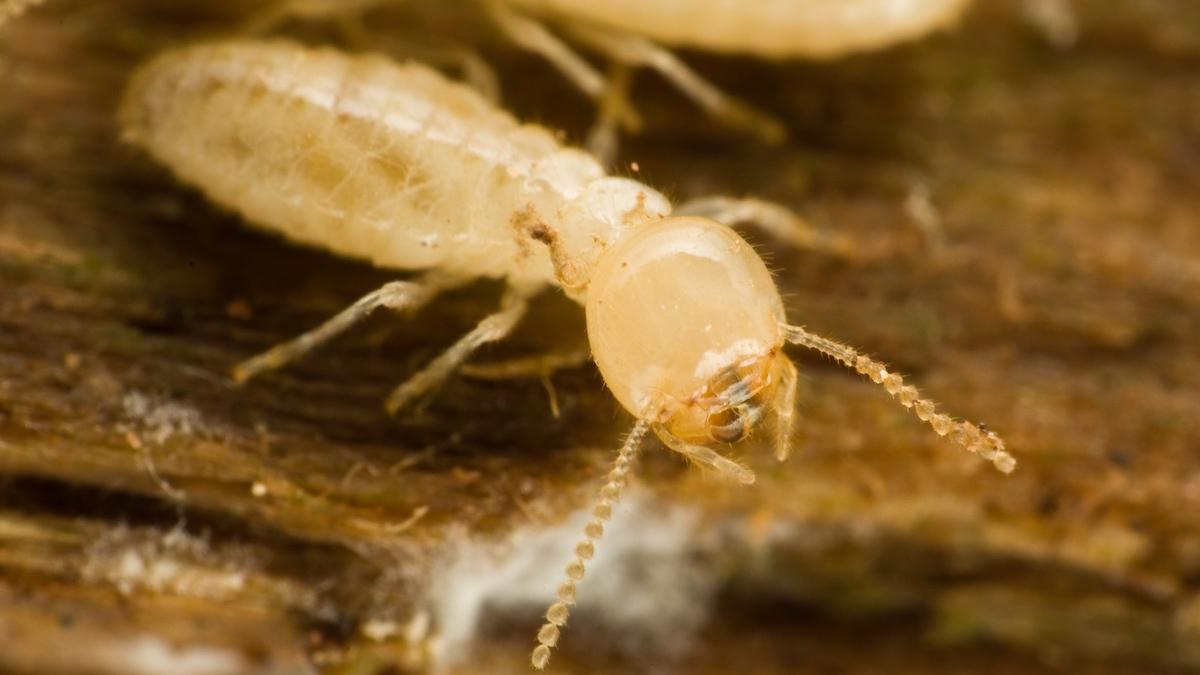
Visual Identification
Termites in Maine can be identified by their appearance. Winged termites, also known as swarmers, have two pairs of wings that are of equal size. They are black or brown in color, and their wings are transparent. They have a cigar-shaped body, a small head, and antennae.
Soldier termites have a darker color, a large head, and jaws that they use to defend the colony. The presence of wings on the soldier termites is less common.
Subterranean termites have a pale yellow or creamy color. They are the most common type of termite found in Maine and are found in large colonies that can contain up to several million individuals.
Infestation Identification
Maine termite infestations can be identified by the presence of mud tubes, which are tubes of mud created by the termites to travel from their nest to their food source. Termite droppings, also known as frass, are another sign of an infestation. Frass looks like sawdust and is usually found near the infested wood. Another sign of termite infestation is the presence of hollow wood, which is wood that has been hollowed out by termites.
Prevention and Treatment

The best way to prevent termites from infesting your home is to keep the area around your house clean and free of potential food sources. Remove any decaying wood, such as dead trees and stumps, and keep mulch, leaves, and other organic material away from your foundation. Make sure that all cracks and crevices are sealed and that any potential entry points are blocked. Regularly inspect your foundation and the exterior of your home for any signs of termite activity.
If you do find termites in your home, it is important to take action immediately. Contact a professional pest control company to inspect your home and provide a treatment plan that is tailored to your particular situation. Professional treatments can include spraying insecticides, baiting systems, or fumigation. It is important to follow the instructions provided by the pest control professional to ensure the safety of your home and family.
1 Preventive Measure
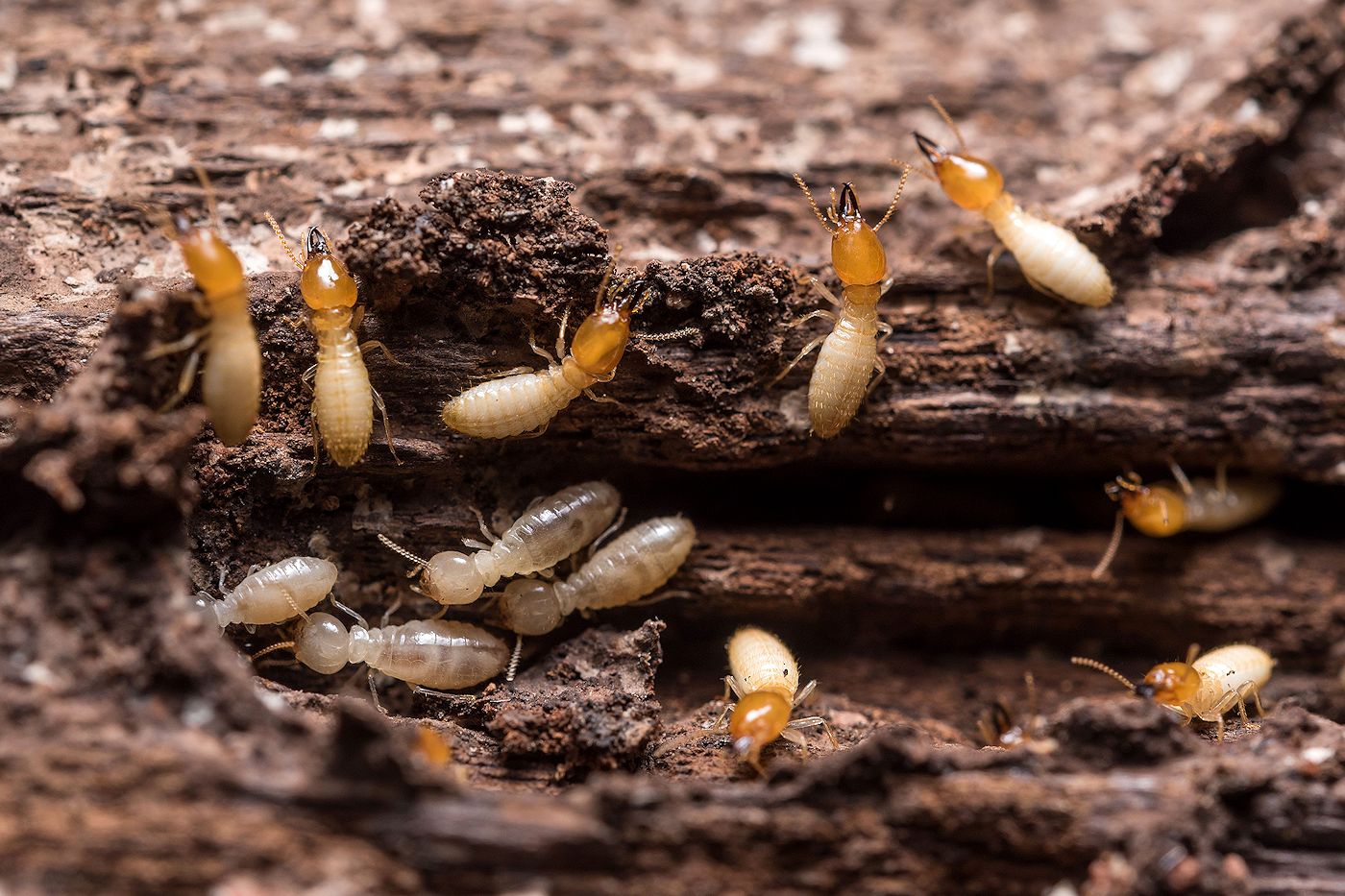
To protect against termites, it is important to reduce moisture around the house. This can be done by ensuring that gutters are kept clear, and that water is diverted away from the foundation. Any cracks or gaps in the foundation should be sealed to prevent termites from entering the house. Additionally, wood should be stored away from the house, and woodpiles should be treated with an insecticide. Finally, an insecticide barrier should be established around the foundation of the house.
2 Treatment Options
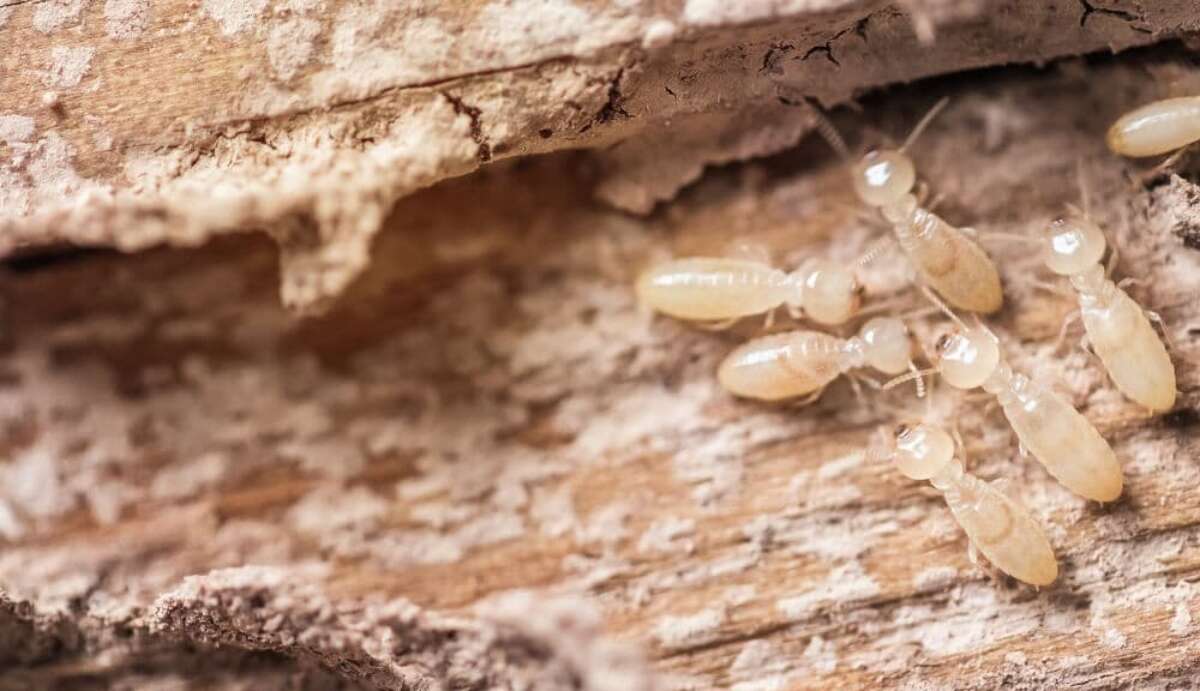
Termite management for Maine homes and businesses typically involves chemical treatments such as liquid termiticides, baiting systems, or a combination of both. Liquid termiticides are applied to the soil around the home to create a chemical barrier that termites are unable to penetrate. Baiting systems use specialized bait stations that contain wood or paper that is treated with a contact or slow-acting termiticide. The bait stations are placed in the soil around the home and monitored by a pest control professional. When termites feed on the bait, they ingest the termiticide, which eventually kills them.
Professional Extermination
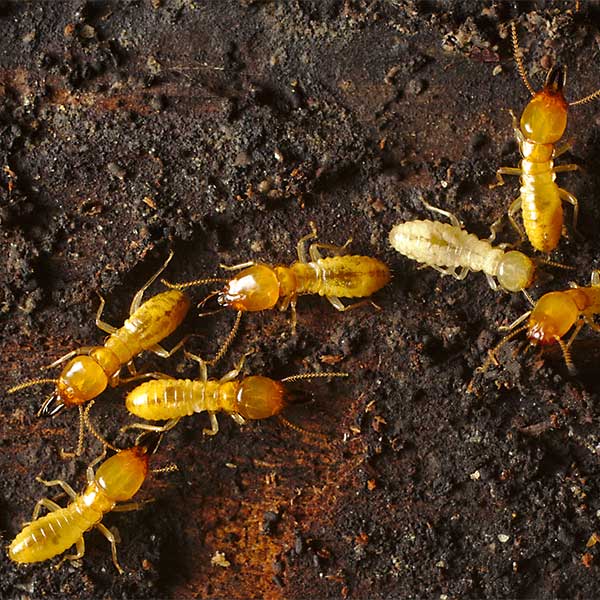
Professional extermination of termites in Maine is a task best left to trained professionals. A professional extermination team will first assess the size of the infestation and the severity of the damage. Once the assessment is complete, they can develop an extermination plan which may include soil treatments, baiting, or other techniques to effectively eliminate the termite population. Professional extermination teams also have access to specialized equipment, such as foaming agents, which can be used to flush the termites out of their hiding places. After the extermination is complete, the team will provide a detailed report of the infestation and damage, as well as a recommendation for any necessary repairs or additional treatments.
Cost of Pest Control
Pest control can be costly, depending on the severity of the infestation and the type of infestation. Some of the most common infestations, such as termites, can range from hundreds to thousands of dollars. Termite extermination can cost anywhere from $500 to more than $2,000, depending on the size of the area being treated and the amount of work required. In addition, there may be an inspection fee, which can be anywhere from $50 to $200.
| Pest Control | Cost |
|---|---|
| Termite Extermination | $500 – $2,000 |
| Inspection Fee | $50 – $200 |
Environmental Impact
- Maine termites cause serious damage to wood structures, leading to costly repairs.
- Their presence can also affect the integrity of foundations, making them unsafe and compromising the stability of buildings.
- Termites can also threaten the health of nearby humans and animals by releasing allergens and other toxins.
- They can also reduce the value of a property, making it difficult to sell.
- Termites can also damage trees and other vegetation, leading to the destruction of entire ecosystems.
- The presence of termites can also increase the amount of moisture in the environment, leading to the growth of mold and other fungi.
Frequently Asked Questions
What are the unique characteristics of Maine termites?
Maine termites are small, brownish insects that are native to the area. They feed on wood, paper and other cellulose material, and reproduce by forming colonies. Maine termites are unique in that they do not require a moist environment to thrive, and they can survive both cold and hot temperatures. They also have the ability to tunnel between two pieces of wood, allowing them to spread quickly. Maine termites are also known for their high level of destruction, as they can cause extensive damage to homes and buildings.
Are there termites in Maine?
Yes, termites can be found in Maine. Eastern subterranean termites, the most common type, are the most likely to be encountered in the state. They are found in the southern part of the state, but have been documented in northern Maine as well. Formosan termites, an invasive species, have also been found in Maine. The best way to protect your property from termites is to have regular inspections and to follow good pest control practices.
What are the different types of termites in Maine?
Maine is home to several species of subterranean termites. The most common species found in the state are Eastern Subterranean, Western Subterranean, and Formosan Subterranean. Eastern Subterranean termites are the most widely distributed and destructive species in the United States. Western Subterranean termites are found in the Pacific Northwest and parts of the Midwest, while Formosan Subterranean termites are found in the southern states. Drywood termites are also found in Maine, but are not as common as subterranean termites.
What kind of damage can termites in Maine cause?
Termites in Maine can cause structural damage to homes by tunneling through wood and eating away at the foundation, floors, and walls. They can also damage furniture, books, and other items made of wood. Termites can also cause damage to crops, trees, and shrubs, making them a serious agricultural pest.
How can you identify a termite infestation in Maine?
Termite infestations can be identified by various signs such as mud tubes, discarded wings, and swarms of flying insects. Mud tubes are small, pencil-size tubes of mud that termites construct from the soil to their food sources. Discarded wings are shed wings of swarming termites that are often found near windows or doors. Swarms of flying insects are the most visible sign of a termite infestation. Swarms of winged termites are often seen near windows or doors in the spring.
Conclusion
Maine termites are unique in their behavior, nesting habits, and physical characteristics. Their voracious appetite for wood has made them a nuisance, but also an important part of the environment. These social insects play a major role in the breakdown of organic matter, and their unique adaptations to the harsh Maine climate give them an advantage over other termite species. With proper pest control and awareness, Maine homeowners can protect their structures from termite infestations.

